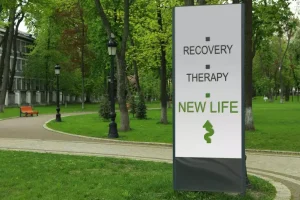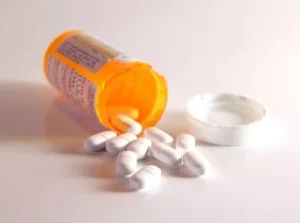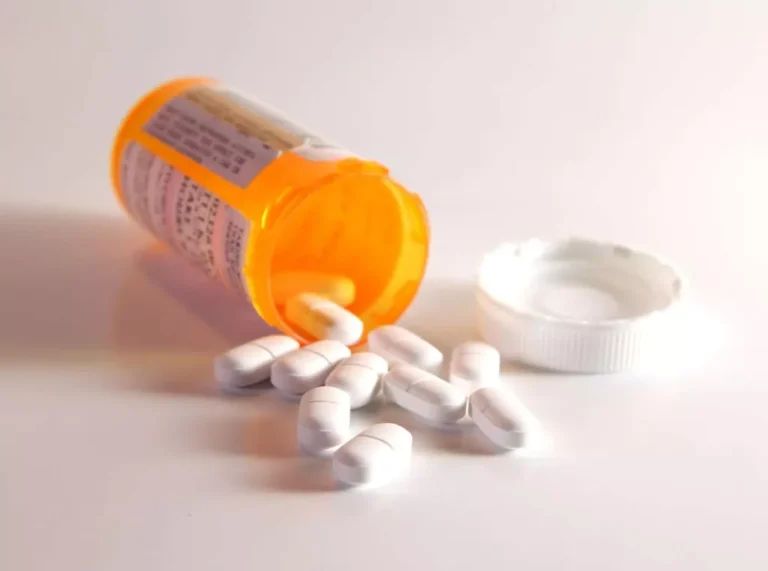
After experimentation, if the person continues to use the substance or engage in the behavior regularly, they enter this stage. Regular use doesn’t necessarily mean daily use; it could mean using on weekends, during social events, or as a regular part of their routine. The earlier in the cycle that help is sought, the better the chances of avoiding the most severe consequences of addiction. However, it’s never too late to seek help and begin the journey of recovery. This might include family and friends, support groups like Alcoholics Anonymous or Narcotics Anonymous, and ongoing therapy.
Withdrawal

We’ll also explore the best support options available for those grappling with drug and alcohol addiction. Whether you’re reading this for yourself cycle of addiction or someone you care about, know that there’s hope and help available. Let’s take this journey together and look toward a future where recovery is not just possible but within reach.

Addiction Treatment at Vogue Recovery Center
- Understanding these stages is crucial for early intervention and effective treatment.
- They might use more than intended or in riskier situations, chasing the high or relief it provides.
- Cravings and obsessive thinking about the substance or behaviour become common.
- However, persons suffering from addiction are unable to stop after that first hit or drink, no matter how good their intentions.
- Psychological addiction involves the mental and emotional aspects, such as cravings and preoccupation with the substance, while physical addiction includes physiological changes and the development of tolerance.
- You’re not just a bystander in this fight; you’re an active participant with the power to change the narrative.
The process of developing addiction, in this case, tends to occur over a series of stages and, like other chronic illnesses, often turns into a cycle of addiction, treatment or abstinence, and relapse. Drug abuse refers to the misuse of substances in a way that is harmful or risky, often leading to negative consequences in various aspects of life, such as health, relationships, and work. Over time, this abuse can lead to physical and psychological dependence, making it increasingly difficult to quit without professional help. Often times, the direct consequences of prolonged drug abuse will encourage an individual to seek help for their substance abuse problems. Quitting some drugs may be easier than others – withdrawal from marijuana may result in irritability, while opiate withdrawal may be unpleasantly painful, and alcohol withdrawal can be life-threatening. The variety of drugs abused and the chronic nature of the disease of addiction requires treatment approaches to be individualized to fit the needs of each client.

The Progression Of Substance Abuse: Understanding The Stages Of Addiction
I am originally from Wisconsin but settled in the Cincinnati area in my early 20s. My career started in the fashion industry but quickly changed as I searched to find my drive and passion through helping others who struggle with addiction. You will also create healthy coping techniques to help you deal with everyday stressors without kickstarting another vicious circle of addiction.
- Education on addiction and the risks of substance use can encourage people to not take substances in the first place.
- We also use different external services like Google Webfonts, Google Maps, and external Video providers.
- It’s not just what you do with your body—it’s what you put into your body.
- It implies that the person is actively consuming a substance (such as alcohol, opioids, cocaine, methamphetamine, etc.) in a way that harms their physical health, mental well-being, and overall quality of life.
Substance Use Facts
- Tolerance occurs when the brain or body of an addict has changed in response to the substance, requiring higher amounts to achieve the same effect.
- Fortunately, recovery is possible with guidance from professionals and support from peers.
- The non-addicted brain has great difficulty imagining that it could become an addicted brain, or what that would be like – just as it is for the addicted-brain to understand a sober lifestyle.
An addicted person will crave and seek drugs and alcohol or continuously engage in activities like sex, eating, and gambling despite obvious adverse consequences. The release of dopamine makes us feel good and motivates us to repeat these activities. However, when someone repeatedly uses addictive substances or engages in addictive behaviors, it hyper-stimulates the normal reward process, leading to an excessive release of dopamine.
Stage 4: Dependence
Depending on the addictive disorder, clinicians can consider the possibility of psychotherapy and pharmacotherapy. Caring for this vulnerable population requires an interprofessional approach. By providing support and education, all healthcare team members can contribute to treating and recovering individuals with addictive disorders. Education about the neurobiology of addiction can highlight the potential for recovery and the effectiveness of evidence-based treatments.

However, this is not an indication that the person has failed, only that treatment needs to be adjusted. At a certain point, the body or brain becomes dependent on having the substance to be able to function properly. As an example, a person who has been using cocaine or meth for a long time may find it impossible to feel pleasure without the drug–a condition called anhedonia. Whether it’s a loving family member or the addict themselves, many people try to break the cycle of addiction by starting from a place of knowing.
Educate yourself about addiction, offer compassion without enabling, and encourage professional help when needed. Active drug addiction is a prevalent issue in the U.S., with more than 21 million people aged 12 or older actively addicted to drug use in 2020, according to the National Survey on Drug Use and Health (NSDUH). Experiencing blackouts or memory lapses is a severe symptom of drug abuse.
Similarly, when rehab doesn’t work, you can’t immediately jump to the conclusion that rehab is the issue. You have to step back and holistically examine your approach by assessing what’s working and what isn’t. For example, the treatment milieu may have been counterproductive to sobriety if there were toxic individuals. Maybe the addict was closed-minded to some aspect of treatment at the time. When you aren’t amphetamine addiction treatment looking at the parts and sum of the issues, it’s much harder to break the cycle of addiction. During acute and protracted withdrawal, a profound negative emotional state evolves, termed hyperkatifeia (hyper-kuh-TEE-fee-uh).
How Do You Break an Addiction?
Recognizing the problem, finding treatment, and building a support network can be life-changing. Contact a treatment provider today to learn more about your treatment options. Support groups, peer recovery programs (AA, NA, and others), and recovery mentors can provide much-needed emotional support, encouragement, and accountability. Long-term recovery requires patience and commitment and must be individualized to meet the specific needs of each person and address the underlying causes of addiction. There may not be daily use, but a pattern (like weekend binge drinking or drinking after stressful events) starts to emerge. During this stage, the person may begin to justify their use as a way to deal with life’s challenges.
Tinggalkan Balasan